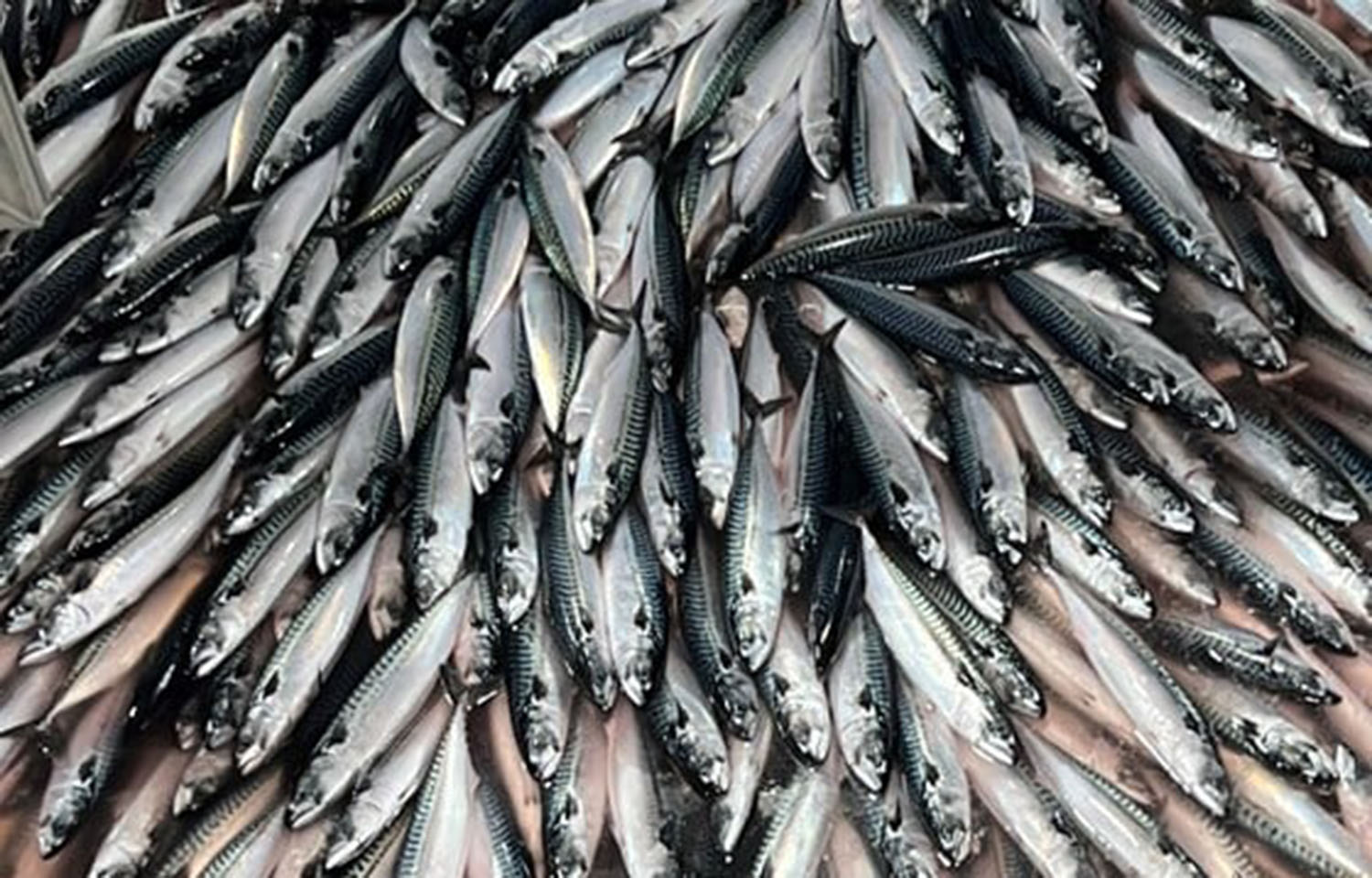The governments of the United Kingdom, Norway, and the Faroe Islands have agreed to a set of fisheries arrangements for Northeast Atlantic mackerel stock.
The new agreement comes after a delegation from each of the countries met in April and May to discuss access and quotas for the species. According to the agreed record of consultations, the three nations agreed to reduce fishing pressure compared to 2021, 2022, and 2023 levels.
The agreement will see the Faroe Islands set a national quota of 98,708 metric tons (MT), or 13.35 percent of the total allowable catch (TAC) of 739,386 MT agreed to by coastal states in October 2023 – in line with advice from the International Council for the Exploration of the Seas (ICES). Norway would set a quota of 229,210 MT, comprising 31 percent of the TAC, and the U.K. would set a national quota of 203,211 MT, marking 27.48 percent of the TAC. Those totals leave 208,257 MT for the E.U., Iceland, and Greenland.
According to Norway, the new agreement has been purposely designed with the other three coastal states’ fishing in mind.
“I hope that this agreement can inspire the other parties to join a comprehensive coastal state agreement at a later date,” Norwegian Fisheries Minister Marianne Sivertsen Næss said in a release.
The agreement will also see Norway transfer 23,660 MT of its mackerel quota in 2024 to the U.K. – to be fished in either the U.K.’s exclusive economic zone (EEZ) or in international waters. In exchange, the U.K. is granting Norway access to the U.K.’s EEZ to fish for 123,330 MT of mackerel.
Fishing by Norwegian vessels in the U.K.’s waters, the latter country said, will be conducted following the U.K.-Norway Technical Annexes, or, more simply put, the previously agreed upon record of consultations between the two countries. Under the agreement, the two countries will also cooperate in fisheries monitoring and surveillance, and Norway will supply monthly catch statistics covering which vessels fished in the U.K. EEZ and how much mackerel they caught.
The agreement will also be carried forward past 2024.
“The delegations noted that, unless they mutually decide otherwise, the arrangements set out in this agreed record would also apply for 2025 and 2026, with deductions from Norway’s national quota and transfers to the U.K., at the same relative proportion of the TAC for those years,” the agreed record of consultations stated. “Regarding access to U.K. waters, this would be provided at the same relative proportion of Norway’s national quota after transfers to the U.K.”
With the additional transfer of quota, Norway’s total quota will be around 230,000 MT in 2024, according to the Norwegian Ministry of Fisheries.
“Great Britain and the Faroe Islands are important partners for us,” Næss said. “I am, therefore, very satisfied that we have agreed on a multi-year agreement on the management and distribution of mackerel, where together we contribute to reducing the total fishing pressure on the stock.”
Northeast Atlantic mackerel was one of multiple pelagic species that lost Marine Stewardship Council certification in 2020 after continued overfishing. Multiple organizations have issued repeated calls for action, and some retailers have made pledges to stop purchasing Atlantic mackerel if the coastal states fail to reach an agreement that aligns with ICES advice.
The coastal states fishing the stock have managed to reach collective agreements in the past, but that collective agreement does not divide the share of the TAC between countries. Those negotiations come after the overall TAC has been set – and disagreements over the quota distribution has resulted in Northeast Atlantic mackerel being continually overfished for years.








